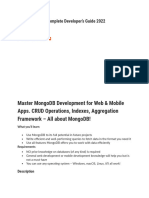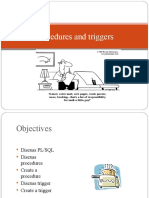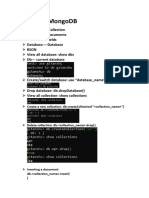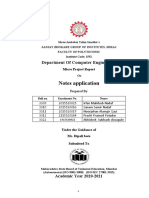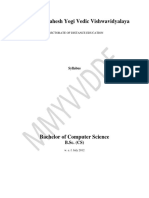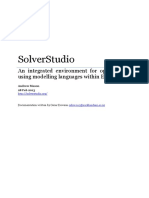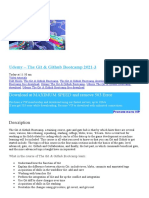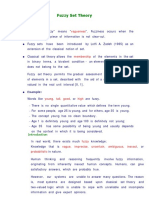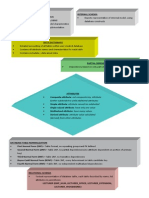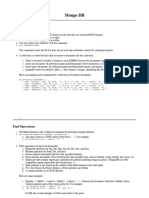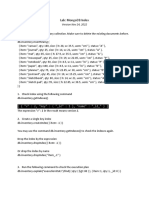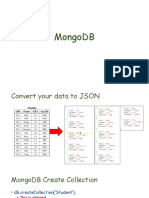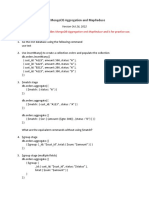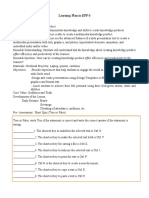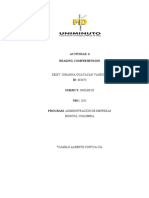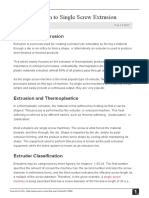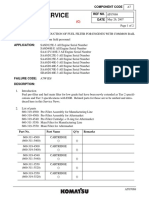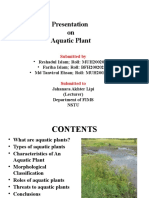0% found this document useful (0 votes)
123 views5 pagesMongoDB Query Practice Lab
This document provides instructions for a lab on querying MongoDB. It includes examples of querying embedded and nested documents, arrays, and using projection to select specific fields in the query results. The document covers various MongoDB query operators like $gt, $lt, $all, and $elemMatch.
Uploaded by
Damanpreet kaurCopyright
© © All Rights Reserved
We take content rights seriously. If you suspect this is your content, claim it here.
Available Formats
Download as PDF, TXT or read online on Scribd
0% found this document useful (0 votes)
123 views5 pagesMongoDB Query Practice Lab
This document provides instructions for a lab on querying MongoDB. It includes examples of querying embedded and nested documents, arrays, and using projection to select specific fields in the query results. The document covers various MongoDB query operators like $gt, $lt, $all, and $elemMatch.
Uploaded by
Damanpreet kaurCopyright
© © All Rights Reserved
We take content rights seriously. If you suspect this is your content, claim it here.
Available Formats
Download as PDF, TXT or read online on Scribd
/ 5
